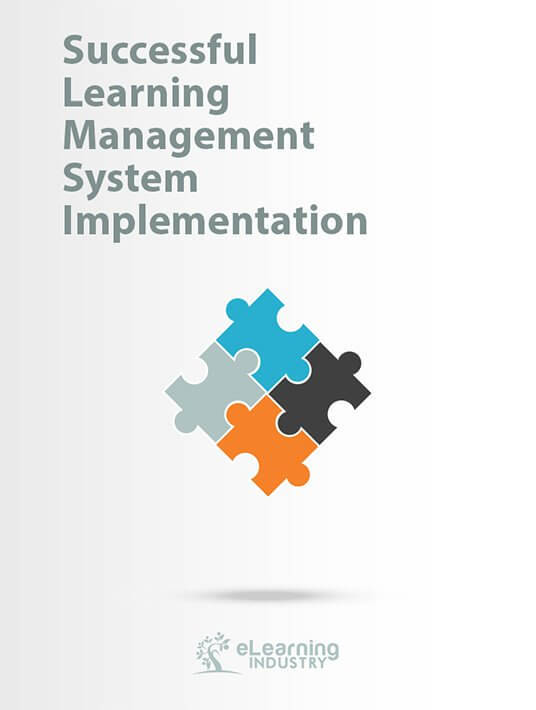First, your LMS is ideally affordable, easy to implement, and a joy to use every day. You want to maximize your investment, by maximizing its usage yourself in your department and throughout your organization, as well as minimize or eliminate administrative dead time like uploads, downloads, conversions, updates, exports, report processing, and such.
Your LMS should be multifunctional for use in compulsory training, self-initiated upskilling, timely knowledge sharing, organic social learning, and for creating a learning culture that underpins your organization’s ability to remain nimble and high-achieving no matter what the economy throws at it.
From our perspective, after you have clarified, prioritized, researched, tested, evaluated, and selected the best solution for your workplace training needs, a successful LMS implementation looks like this:
1. Setup
- It’s intuitive to use: open it in a browser window, start clicking, and you’re on your way.
- You can access it anywhere anytime securely via Internet browsers or mobile apps.
- You don't need to hire someone specifically to take care of your LMS.
- You can add your own branding to it so it looks like you own the functionality, and it is not just an add-on slapped on.
- You don’t need to import users as they are synced from your HR solution, and it has an open API for integration with other HR solutions as well.
- If you want/need to import users, you can automate which groups they go into, and which lessons they should complete.
- You can configure any type or number of groups you want (not limited to categorizing people by department, or reaching only people already in your database)
- You can appoint anyone as members or supervisors of an unlimited number of groups.
2. Create Content
- You can upload existing content (videos, PowerPoints, PDFs, Word files, SCORM etc.) for any type of training or strategic knowledge sharing.
- You can access a marketplace of ready-made professional content and not have to wait for lessons to be produced.
- You can assemble and customize various formats of documents, videos, audio, images, text, background music and links fast into a single lesson.
- Easily copy and edit lessons to create customized content for various groups, and publish and share them on the fly.
- Most organizations start by creating basic induction and HR policy content. Ideally your LMS can handle any content as an employer to upskill staff, as a business to train customers, as an organization to add value to members or followers, and so on.
- Ideally your LMS can also facilitate peer-to-peer collaboration with horizontal knowledge creation and sharing, not just top down.
- Your LMS should make document control easy and accurate, with no versioning confusion or headaches.
3. Share Content
- You should have the flexibility to assign and schedule lessons, automatically or manually, for people in the database or outside it.
- From within the same LMS, you can educate everyone else to get the most out of it, and use it to view or create training, or share knowledge vividly.
- Systematically create education champions by nurturing expert users.
- Encourage high lesson uptake by making them engaging, fun, rewarding, interactive and trackable for progress and credit, and not just compulsory.
- Find the people at different levels of your organization who love learning and teaching to evangelize professional development through mentorship and open dialogue across your organization.
4. Leverage Your LMS
- As you continue to create content, your LMS becomes a growing central library of valuable knowledge that you can copy, edit, customize, repurpose, and otherwise share in an infinite number of ways.
- Use learner analytics to spot behaviour trends, amplify strengths and address gaps in your education offerings to fulfil business goals.
A future-proof LMS should be a living, breathing, constantly evolving repository of your collective intellectual property. It should be easy to implement, use, maintain and grow as a daily productivity tool.



